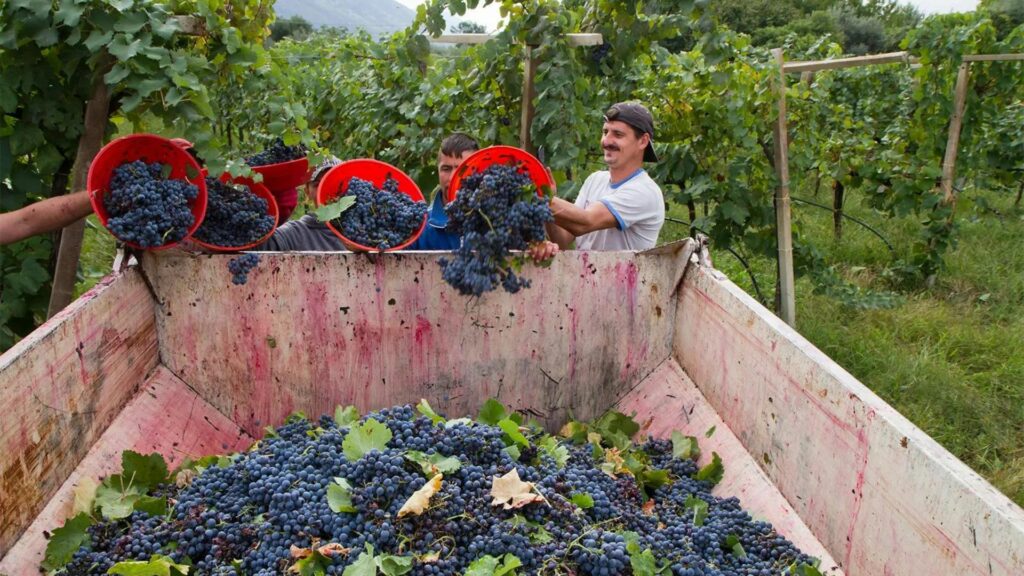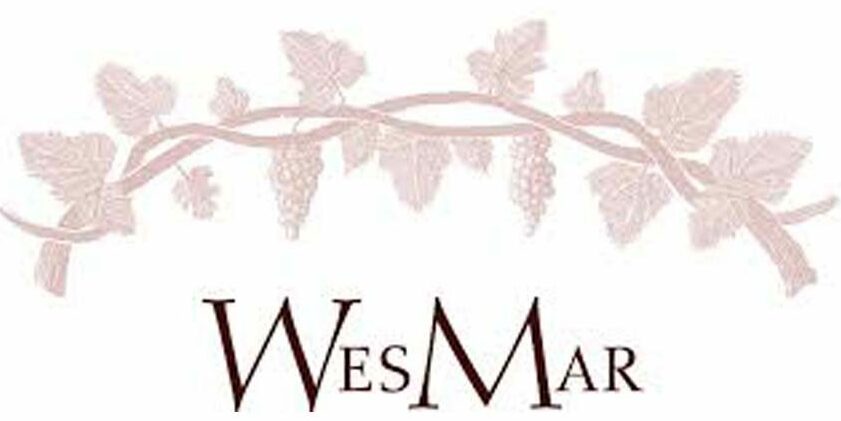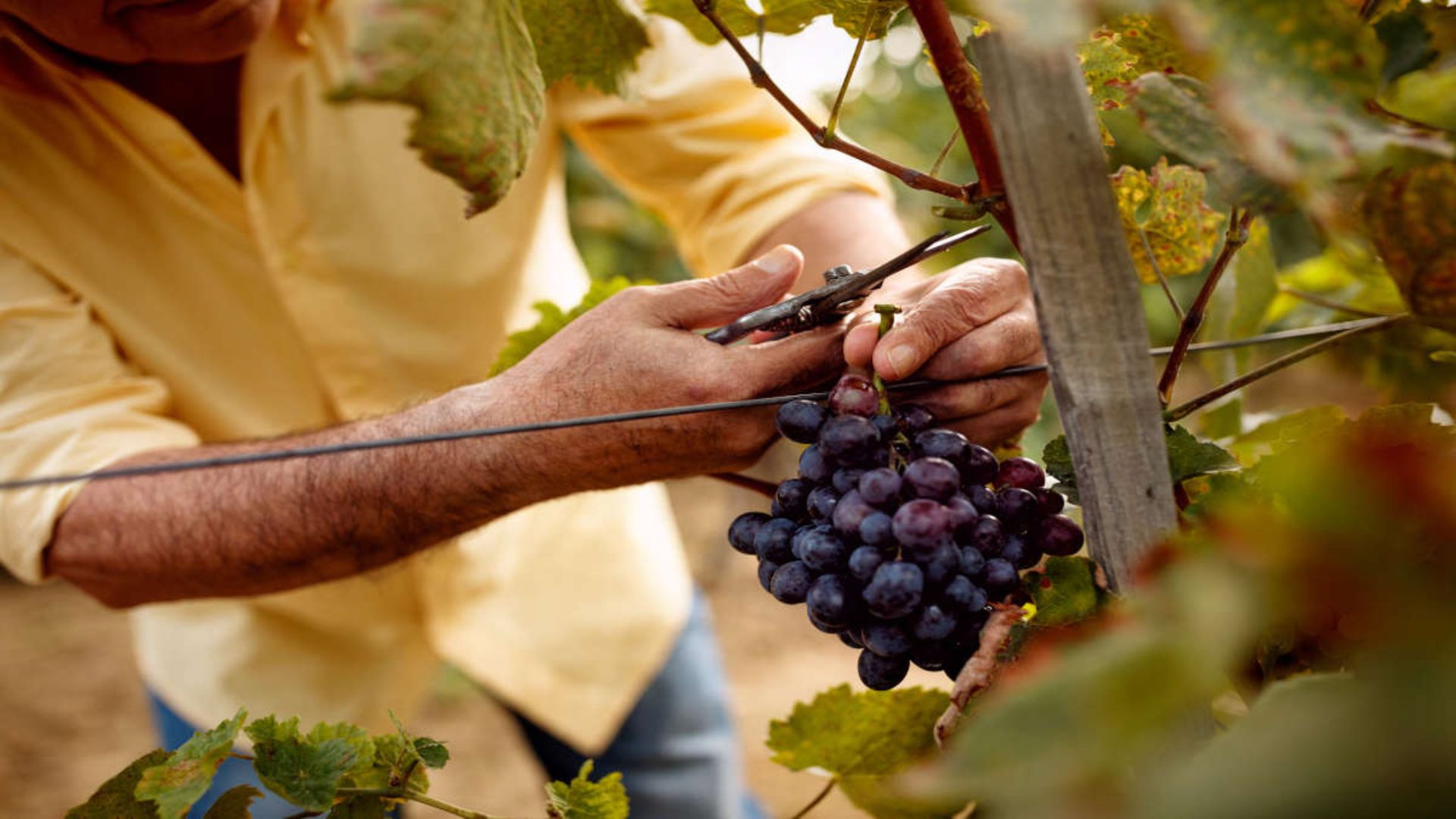Winemaking is an art that has been around for thousands of years. The traditional winemaking method is a time-honoured process that creates some of the world’s most beloved wines. This method, passed down through generations, involves simple yet effective steps. Let’s explore how this classic approach turns grapes into delicious wine.

The Process of Traditional Winemaking Method
The Harvesting Process
To begin with, the traditional winemaking method starts with harvesting grapes. Winemakers pick grapes when they are ripe and full of flavour. This usually happens in late summer or early fall. Workers carefully select the best grapes by hand. This ensures that they use only the highest quality fruit. They then place the grapes in baskets and take them to the winery.
Crushing the Grapes
Next comes the crushing process. In the past, people would crush grapes with their feet in large wooden vats. Today, many still use machines to do this job. The goal is to break the grape skins and release the juice. This juice, along with the skins, seeds, and stems, is a “must.” Crushing is a crucial step in the traditional winemaking method because it starts the fermentation process.
Fermentation
Fermentation is where the magic happens. The must is placed in large vats or barrels. Natural yeast from the grape skins starts to ferment the sugars in the juice. This turns the sugar into alcohol. Fermentation can take several days to weeks. Winemakers often keep a close eye on the temperature and sugar levels during this time. Therefore, this ensures the process goes smoothly and produces the best flavour.
Pressing the Grapes
After fermentation, the next step in the traditional winemaking method is pressing. The Winemaker press must to separate the liquid from the solid parts. The liquid is the wine, and the solids are the pomace. Pressing can be done using traditional wooden presses or modern mechanical presses. Consequently, the goal is to extract as much juice as possible without crushing the seeds, which can make the wine bitter.
Ageing the Wine
Ageing is a key part of the traditional winemaking method. After pressing, the wine is stored in barrels or tanks to age. This can take months or even years, depending on the type of wine. Wooden barrels, especially oak, are often used because they add unique flavours to the wine. During ageing, the wine develops its taste, aroma, and also colour. Therefore, winemakers carefully monitor this process to decide when the wine is ready.
Racking and Filtering
Once the wine has aged enough, it’s time for racking and filtering. Racking involves moving the wine from one container to another. This helps remove any sediment that has settled at the bottom. Filtering is also done to remove tiny particles and make the wine clear. Therefore, these steps are important to ensure the wine is clean and also smooth.
Bottling the Wine
Finally, the last step in the traditional winemaking method is bottling. The winemakers pour wine into bottles and seal them with corks or caps. Carefully bottle the wine to avoid contamination. After bottling, label the wine and prepare it for sale. Some wines may continue to age in the bottle, improving their flavour over time.
Conclusion
In conclusion, the traditional winemaking method is a fascinating process that combines art and science. From harvesting to bottling, each step is crucial in creating high-quality wine. This method, steeped in history, remains popular because it produces delicious and authentic wines. Understanding this process helps us appreciate the effort and skill that goes into every bottle of wine we enjoy. So next time you sip a glass of wine, remember the traditional winemaking method that made it possible.

